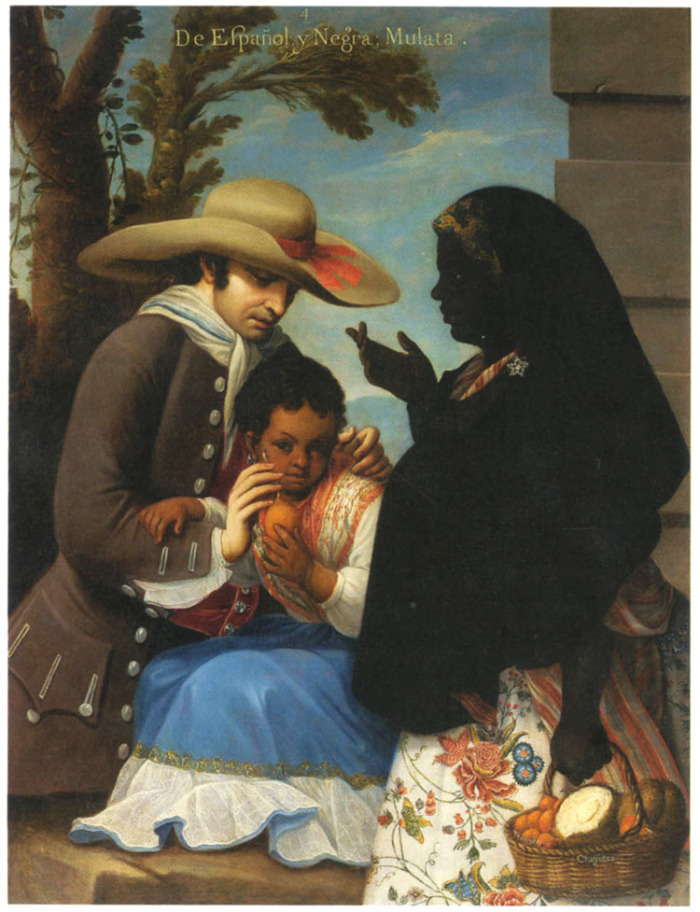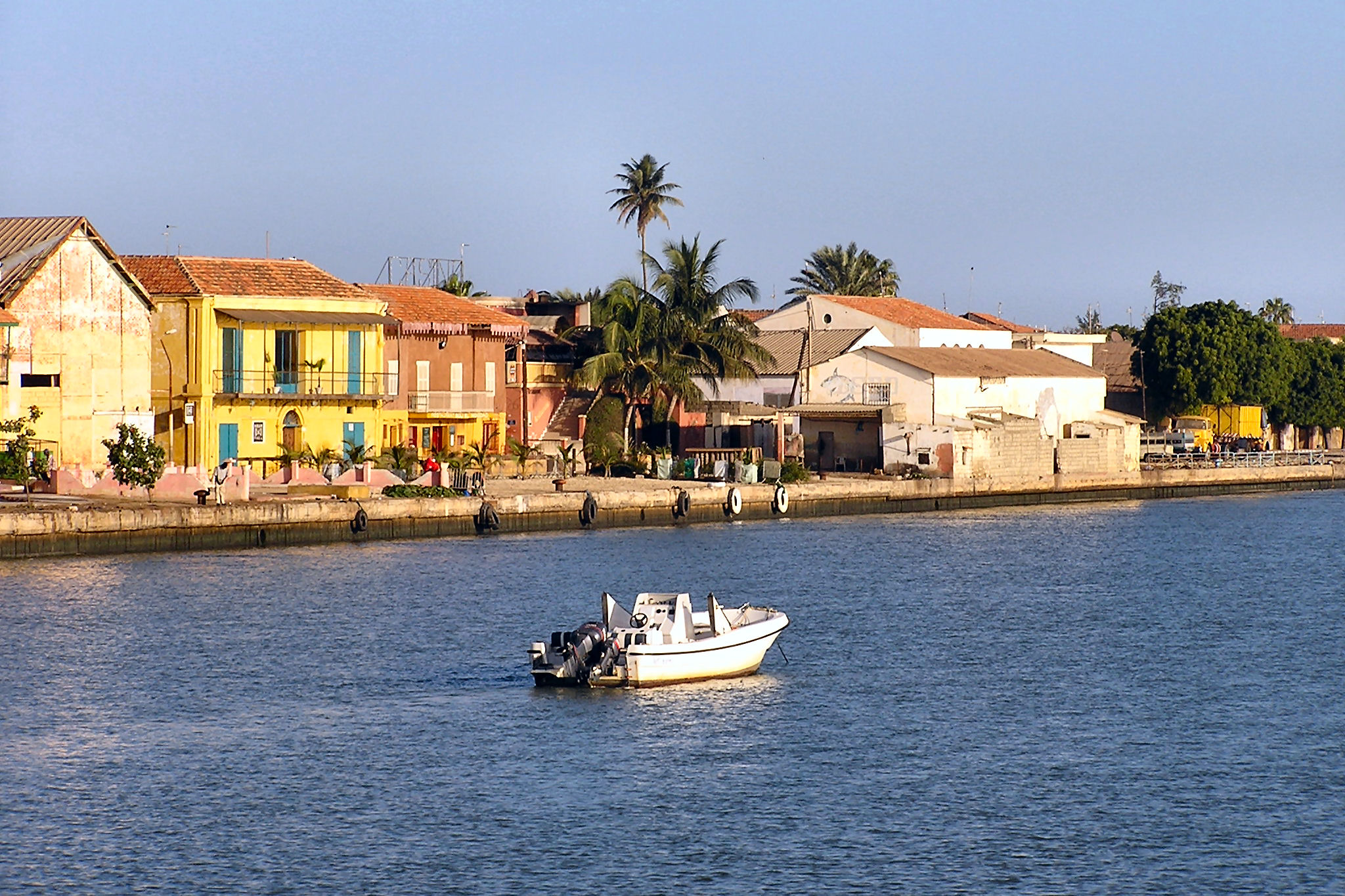|
Marie Baude
Marie Baude (c. 1703-?) was a Senegambian woman who was married to convicted murderer, Jean Pinet. Despite a lack of significant evidence regarding her life, Baude's narrative embodies the intricate dynamics of the transatlantic slave trade era, from her ascent as a ''signare'', wielding influence amid the trade, to the events surrounding her husband's trial and deportation. Early life Marie Baude was born in about 1703 (1701 according to her testimony) in Joal, a city on the western coast of Senegal. Her mother is unknown and her father was a Frenchman known as ‘Sieur Baude’. Documents from the time of her life referred to her as a ‘ mulâtresse’. She married Jean Pinet in 1721, in a marriage arranged by her father. They moved to a French ''comptoirs'', on Gorée, an island off the coast. Pinet was the only gunsmith on the island leading to wealth quickly. Together, they owned slaves and lived a comfortable lifestyle. Baude was a ''signare'' working with the French in the ... [...More Info...] [...Related Items...] OR: [Wikipedia] [Google] [Baidu] |
Mulâtresse
( , ) is a racial classification that refers to people of mixed African and European ancestry only. When speaking or writing about a singular woman in English, the word is (). The use of this term began in the United States shortly after the Atlantic slave trade began and its use was widespread, derogatory and disrespectful. After the post Civil Rights Era, the term is now considered to be both outdated and offensive in the United States. In other Anglophone countries (the English-speaking world) such as English and Dutch-speaking West Indian countries, the word mulatto is still used. Countries with the highest percentages of persons who have equally high European and African ancestry — ''Mulatto'' — are the Dominican Republic (74%) and Cape Verde (71%). Mulattos in many Latin American countries, aside from predominately European and African ancestry, usually also have slight indigenous admixture. Race-mixing has been prevalent in Latin America for centuries, s ... [...More Info...] [...Related Items...] OR: [Wikipedia] [Google] [Baidu] |
Gorée
(; "Gorée Island"; ) is one of the 19 (i.e. districts) of the city of Dakar, Senegal. It is an island located at sea from the main harbour of Dakar (), famous as a destination for people interested in the Atlantic slave trade. Its population as of the 2013 census was 1,680 inhabitants, giving a density of , which is only half the average density of the city of Dakar. Gorée is both the smallest and the least populated of the 19 of Dakar. Other important centres for the slave trade from Senegal were further north, at Saint-Louis, Senegal, or to the south in the Gambia, at the mouths of major rivers for trade.''Les Guides Bleus: Afrique de l'Ouest'' (1958 ed.), p. 123 It is a UNESCO World Heritage Site and was one of the first 12 locations in the world to be designated as such in 1978. The name is a corruption of its original Dutch language, Dutch name Goeree, named after the Dutch island of Goeree-Overflakkee, Goeree. The island was also known as Palma, or in Portuguese. ... [...More Info...] [...Related Items...] OR: [Wikipedia] [Google] [Baidu] |
Atlantic Slave Trade
The Atlantic slave trade or transatlantic slave trade involved the transportation by slave traders of Slavery in Africa, enslaved African people to the Americas. European slave ships regularly used the triangular trade route and its Middle Passage. Europeans established a coastal slave trade in the 15th century and trade to the Americas began in the 16th century, lasting through the 19th century. The vast majority of those who were transported in the transatlantic slave trade were from Central Africa and West Africa and had been sold by West African slave traders to European slave traders, while others had been captured directly by the slave traders in coastal raids. European slave traders gathered and imprisoned the enslaved at slave fort, forts on the African coast and then brought them to the Americas. Some Portuguese and Europeans participated in slave raids. As the National Museums Liverpool explains: "European traders captured some Africans in raids along the coast, but bou ... [...More Info...] [...Related Items...] OR: [Wikipedia] [Google] [Baidu] |
Signare
Signares were black and mulatto Senegalese women who had an influence via their marriage with European men and their patrimony. These women of color managed to gain some individual assets, status, and power in the hierarchies of the Atlantic slave trade. There was a Portuguese equivalent, referred to as ''Nhara'', a name for Luso-African businesswomen who played an important part as business agents through their connections with both Portuguese and African populations. There was also an English language equivalent of women of mixed African and British or American descent with the same position, such as Betsy Heard, Mary Faber, and Elizabeth Frazer Skelton. Social and economic role Signares commonly had power in networks of trade and wealth within the limitations of slavery. The influence held by these women led to changes in gender roles in the family structure archetype. Some owned masses of land as well as slaves. European merchants and traders, especially the French and ... [...More Info...] [...Related Items...] OR: [Wikipedia] [Google] [Baidu] |
Saint-Louis, Senegal
Saint-Louis () or Saint Louis (), is the capital of Senegal's Saint-Louis Region. Located in the northwest of Senegal, near the mouth of the Senegal River, and north of Senegal's capital city Dakar. It had a population of 254,171 in 2023. Saint-Louis was the capital of the French colony of Senegal from 1673 until 1902 and French West Africa from 1895 until 1902, when the capital was moved to Dakar. From 1920 to 1957, it also served as the capital of the neighboring colony of Mauritania. The town was an important economic center during the period of French West Africa, but it is less important now. Nonetheless, it still has important industries, including tourism, a commercial center, sugar production, and fishing. The tourism industry is in part due to the city being listed as a UNESCO World Heritage Site in 2000. However, the city is also Climate change vulnerability, vulnerable to climate change—where sea level rise is expected to threaten the city center and potentially damag ... [...More Info...] [...Related Items...] OR: [Wikipedia] [Google] [Baidu] |



